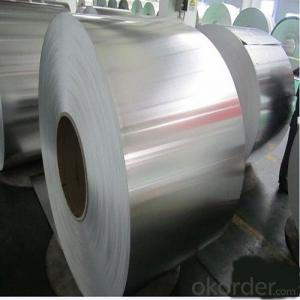Aluminum foil, a common household item, has gained a lot of attention in recent years for its potential use in creating DIY Faraday cages. These cages are essentially shielded enclosures that block electromagnetic fields, making them ideal for protecting sensitive electronic devices from electromagnetic interference (EMI) and even EMP attacks. But how does this all work, and why is aluminum foil the go-to material for such a project? Let’s dive in and explore the fascinating world of DIY Faraday cages and the role aluminum foil plays in their creation.
The Basics of Faraday Cages
To understand the importance of aluminum foil in creating a Faraday cage, we first need to grasp the concept of a Faraday cage itself. Invented by the renowned scientist Michael Faraday in the 19th century, a Faraday cage is a conductive enclosure that shields its contents from external electromagnetic fields. The cage works by distributing the electric charge on its outer surface, effectively creating a protective barrier around the enclosed space.
Why Aluminum Foil?
With a myriad of conductive materials available, one might wonder why aluminum foil is the preferred choice for DIY enthusiasts. The answer lies in its unique properties. Aluminum is lightweight, inexpensive, and highly conductive, making it an ideal material for creating a Faraday cage. Moreover, its malleability allows for easy shaping and construction, even for those with limited technical skills.
The DIY Approach
Creating a DIY Faraday cage using aluminum foil is not as daunting as it may seem. Here’s a simple step-by-step guide to get you started:
1. Materials Needed: Gather your materials, which include aluminum foil, a cardboard box or any other rigid container, and some tape or glue to secure the foil.
2. Preparation: Clean the surface of your container to ensure good adhesion of the foil.
3. Application: Carefully apply the aluminum foil to the inside and outside of the container, ensuring complete coverage without any gaps or overlaps. This is crucial for maintaining the effectiveness of the shield.
4. Sealing: Use tape or glue to secure the foil in place, paying special attention to corners and edges where EMI could potentially penetrate.
5. Testing: Once your Faraday cage is complete, test its effectiveness by placing a radio or cell phone inside and observing if the device is still functional.
Benefits of DIY Faraday Cages
DIY Faraday cages offer several benefits, especially for those concerned about the potential impact of EMI on their electronic devices. They are cost-effective, customizable, and can be easily constructed with materials found at home. Moreover, they provide a sense of security against the unknown, such as EMP attacks or solar flares, which could disrupt electronic communications.
Challenges and Considerations
While DIY Faraday cages are a practical solution, they do come with their own set of challenges. The effectiveness of the shield can be compromised if the foil is not applied correctly or if there are gaps in the coverage. Additionally, the cage’s size and shape can limit its usability, and the aesthetics might not be appealing to everyone.
Aluminum Foil’s Role in the Future of Faraday Cages
As technology advances, the need for effective shielding against electromagnetic fields becomes increasingly important. Aluminum foil, with its versatility and affordability, is likely to remain a popular choice for DIY Faraday cages. Moreover, as new materials and techniques are developed, we can expect the performance and appearance of these cages to improve over time.
Conclusion
In conclusion, aluminum foil is a versatile and cost-effective material for creating DIY Faraday cages. Its ease of use and conductivity make it an ideal choice for those looking to protect their electronic devices from electromagnetic interference. While there are challenges to consider, the benefits of having a homemade Faraday cage far outweigh the drawbacks. So, the next time you find yourself with a roll of aluminum foil, consider putting it to use in a project that could potentially safeguard your valuable electronics.

